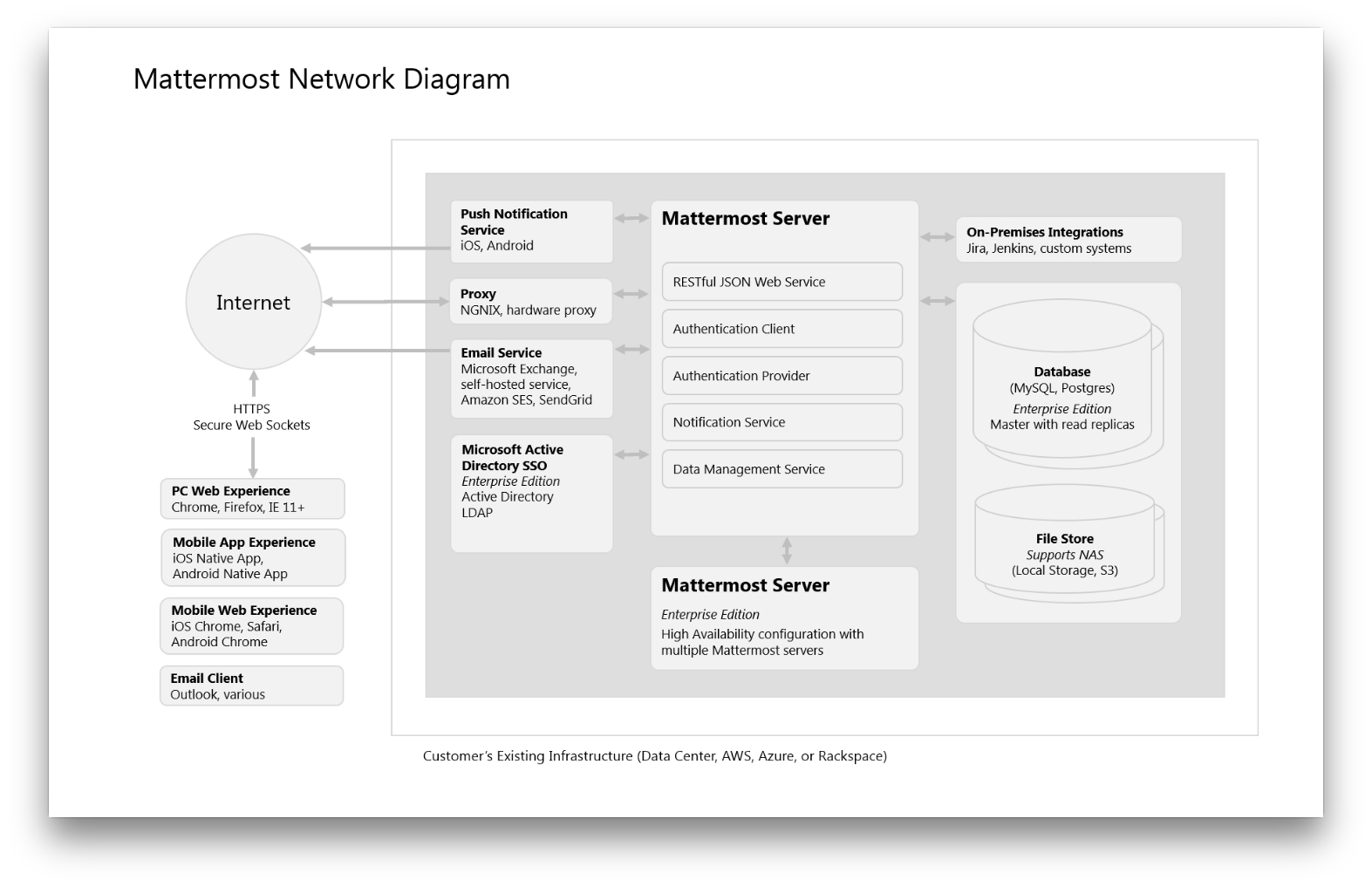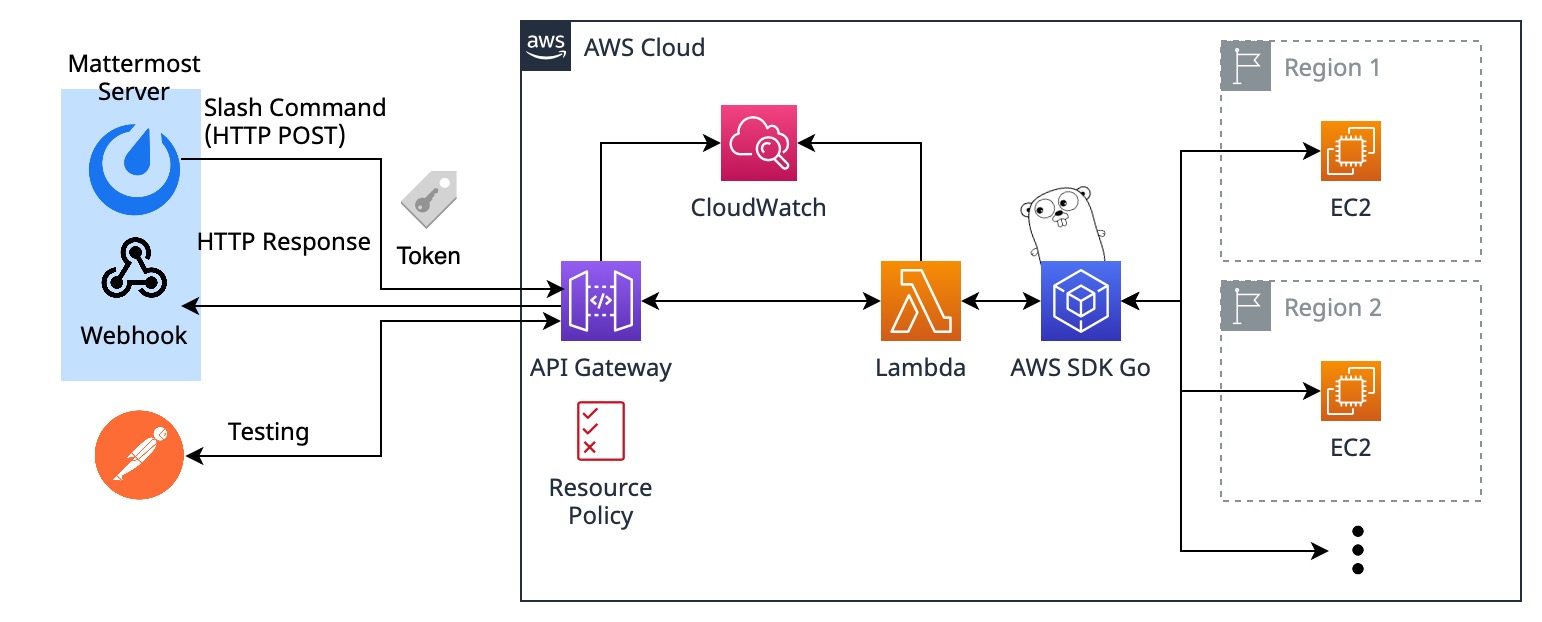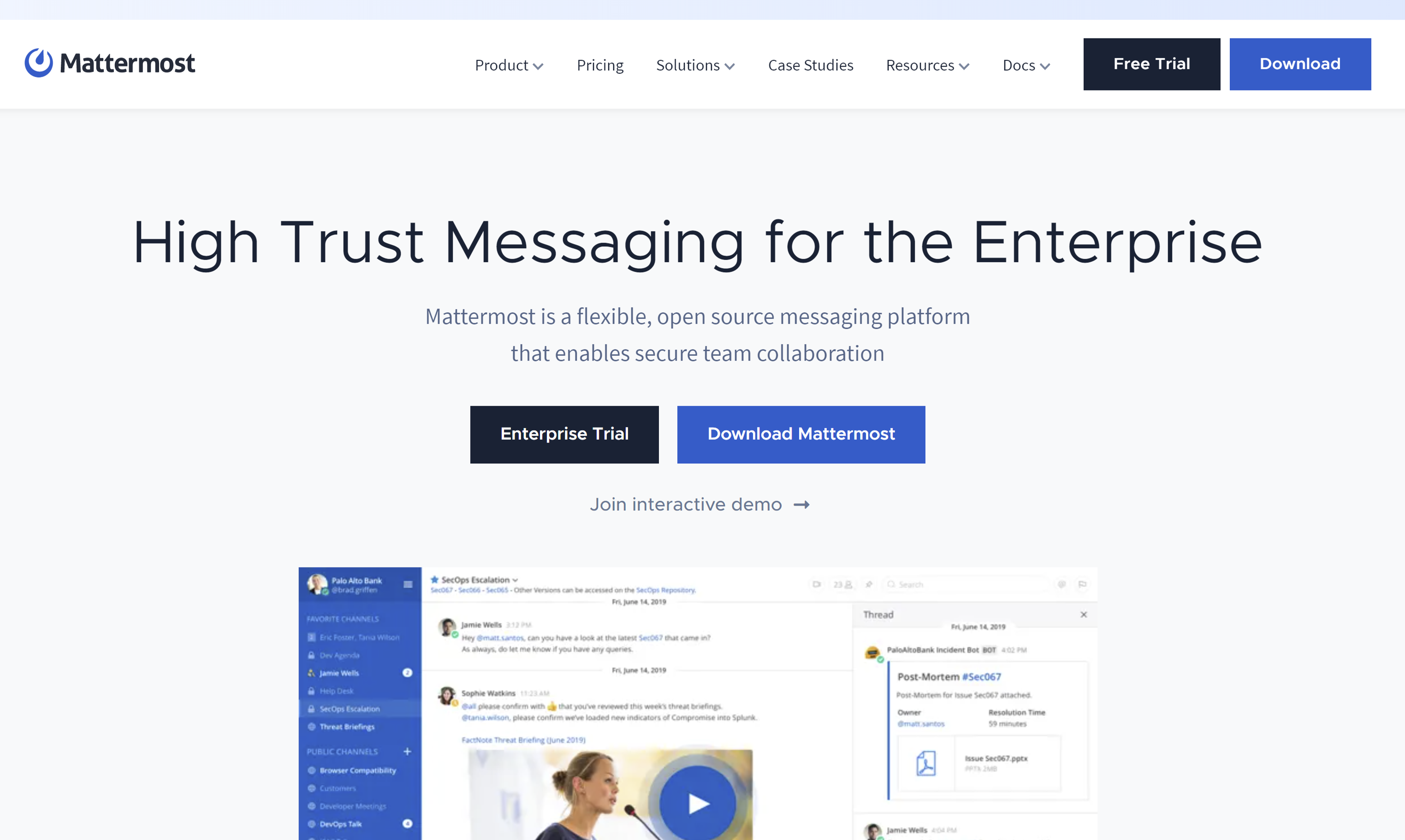

On the next page, you should be presented with a webhook URL.Optionally, if you want to constrain messages to the given channel, enable the Lock to this channel option.In the Channel field, select a default channel that will receive messages from PagerDuty.“PagerDuty” / “Receive updates on PagerDuty incidents” Enter descriptive content for Title and Description, i.e.On the Incoming Webhooks management page, click Add Incoming Webhook.On the integrations page, select Incoming Webhook.


send ( 'coconut is da thruth', channel = 'special_channel' ) # override the username for this message mwh. icon_url = '' # send a message to the specified channel mwh. send ( 'coconut webhook message' ) Advanced usage from matterhook import Webhook # mandatory parameters are url and your webhook API key mwh = Webhook ( '', 'API_KEY' ) # personalized bot name and icon mwh. Matterhook is very simple and efficient to use: from matterhook import Webhook # mandatory parameters are url and your webhook API key mwh = Webhook ( '', 'API_KEY' ) # send a message to the API_KEY's channel mwh.

The API key is the last part of the URL (eg: u2x8rkfugj8zbqby9pw3huqnyc) Select the channel or private group to receive webhook payloads, then click Add to create the webhook Login to your Mattermost team site and go to Account Settings -> Integrations Simply send messages to your Mattermost team using incoming webhooks.


 0 kommentar(er)
0 kommentar(er)
